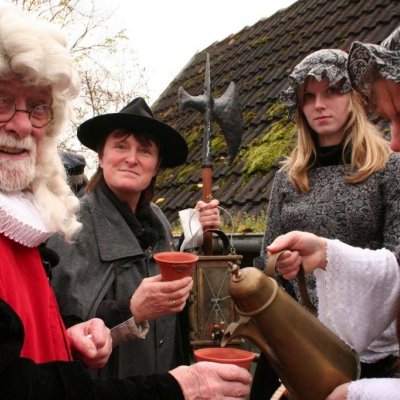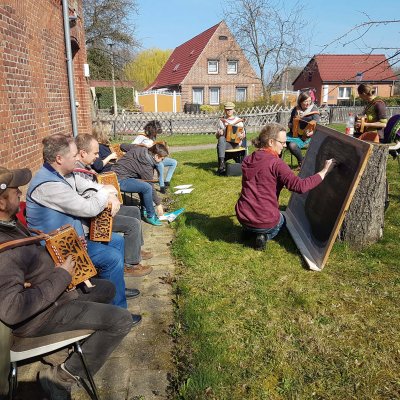Nationwide Inventory of Intangible Cultural Heritage
Cultural Forms of Communal Forest Management in the Steigerwald and Neighbouring Regions
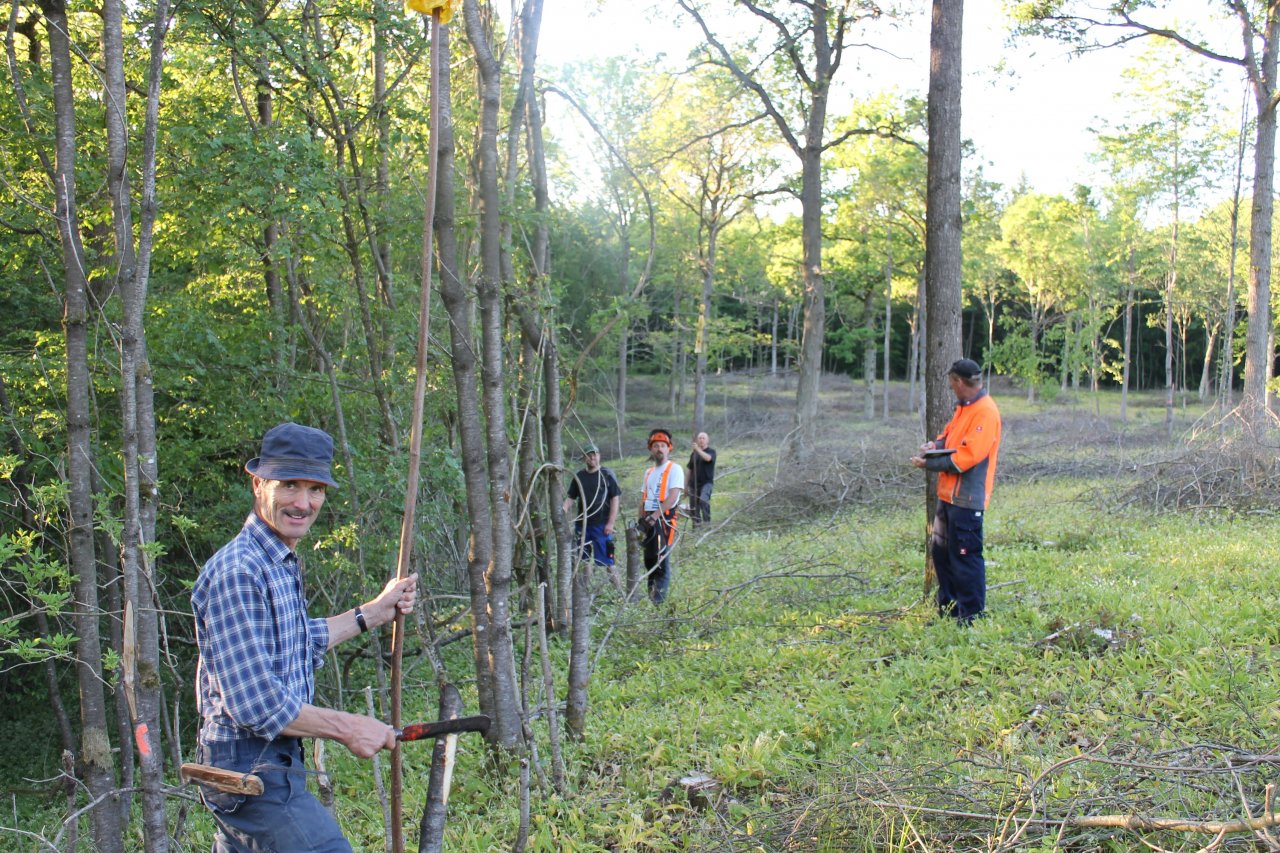
The communal forests in the Steigerwald and the neighbouring regions are commons, which are managed according to long-established rules and practices with the help of traditional skills. Specific local regulations determine the allocation of the logging area, the harvest and the distribution of the wood. The management of the forests becomes particularly sustainable through the coppice shoot technique.

Facts & Figures
Crucial date: All seasons
Inscription: 2020
Domains: Social practices, rituals and festive event; Knowledge and practice concerning nature and the universe; Traditional craftsmanship
Where to find: Steigerwald and neighbouring regions
Contact
Willanzheimer Güterwald
Ingrid Reifenscheid-Eckert
@email
The traditional rules for the management of the communal forests have partly been written down in "Weistümern" and local forest regulations or are still handed down orally. This applies in particular to the knowledge about the measuring of the forests, planned care and felling measures and the preparation and storage of the felled wood.
In the late 17th and 18th century, the coppice shoot technique was established in large parts of Germany as the silvicultural standard in deciduous forests. From today's perspective it advanced the idea of forest sustainability. With the onset of industrialisation and urbanisation, and for economic reasons, these forests were gradually converted into "Hochwald". This type of forest becomes considerably older from sowing or planting without stick strokes.
In many cases the centuries old knowledge orally about the techniques of surveying, felling, preparation and distribution of the wood that is often only passed down orally, is still practised. This also includes ceremonial gatherings in town halls or traditional restaurants, for example after the timber has been distributed.
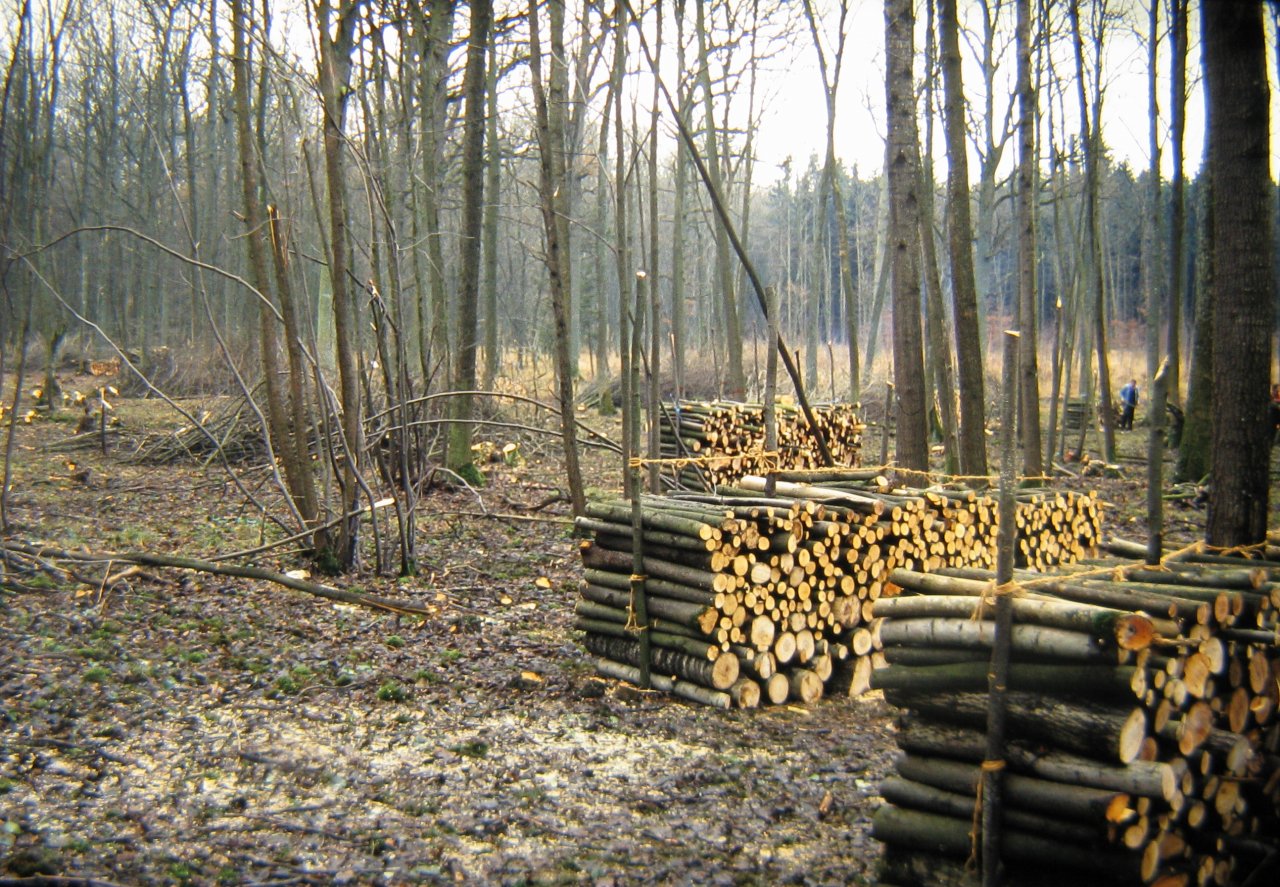
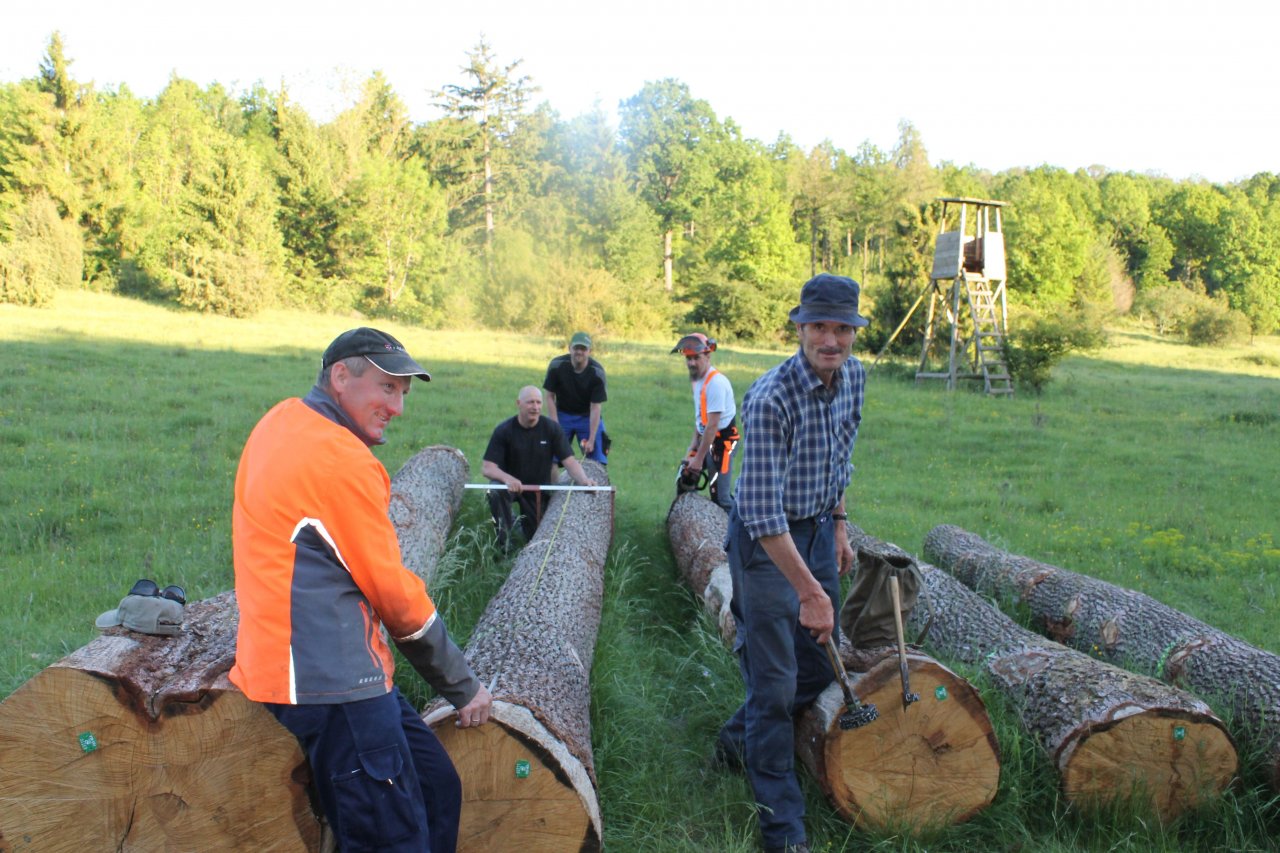
The generic term "communal forests" covers collectively managed forests, which can vary greatly in terms of their management methods and legal forms.
Once these customs have been replaced, it is difficult to restore the traditional systems of use with their customs and legal systems. Therefore, they require interested communities of supporters, careful adaptation to modern challenges and the transfer of knowledge to future generations to pass them on.
In order to preserve the community forests, handicraft techniques such as the traditional measuring and marking of the chessboard-like striking surfaces using historical surveying instruments such as a historical measure of length are essential. Additionally the preservation relies on knowledge and customs relating to nature. Their main objective is to preserve the forest for people in the long term and not to overuse it.



